|
Written by Gabriel Vicovan. Special thanks to Radu Răducu, Enciu Ana, and Vicovan Adriana for their assistance. Historic The High Prolificacy Breed Palas was formed over nine stages, during almost three decades by intricate crosses between the Romanov, Friesian, Finnish Landrace, Border Leicester, Ile de France and Palas Merino breeds. The desired type was obtained in 1989, and its genome consists of 39% genes from Romanov, 28% genes from Merinos, 16% genes from Friesian, 9% genes from Border Leicester, 6% genes from Ile de France, and 2% genes from Landrace Finnish. This population of sheep was reproductively isolated (CIR + 1,0) since 1989, and is bred at ICDCOC Palas Constanța. Breeding area In Dobrogea, at Research Development Institute for Sheep and Goats Breeding Palas – Constanța, there are 1,000 heads of sheep and 2,000 in another farm in the area. External (morphological) characteristics The body format of the breed is mesomorphic to dolichomorphic, with a fine, strong skeleton and correct aplomb. The head is broad, medium in size, and has a straight profile in ewes and slightly convex in rams. The ears are medium in size, worn laterally, and both sexes are hornless. The neck is suitably long, worn horizontally, and is well attached to the trunk; the trunk is long, with medium width and depth dimensions. The color of the wool is white, the coat has no colored fibers, and the hair on the face and limbs are white; the wool is semi-fine, some specimens having fine wool. The udder has a globular shape, of medium to large size, the nipples being suitably long, worn vertically or slightly laterally. Production characters
Reproductive characters Prolificacy primiparous, 136-140 % Multiparous, 150-160 % Using of the breed The new breed contributes to achieving a priority objective in the current economic context, namely, increasing meat production by producing three-stage meat hybrid lambs. The breed produces rams which, by mating with Merino-type sheep, determine the production of prolific F1 “halfbreed” hybrid ewes (in the first stage) and which, by mating with rams, from meat breeds, produce hybrids meat lambs (second stage).
2 Comments
Written by Gabriel Vicovan Special thanks to Radu Răducu, Enciu Ana, and Vicovan Adriana for their assistance. Historic The breed was formed at the Research and Development Institute for Sheep and Goats Breeding Palas – Constanța between 1975 and 1987. They were developed by crossing East Friesian (imported from Germany) and Awassi (imported from Israel) breeds with the Merino de Palas breed, followed by isolation reproductive and selection to increase milk production. The breed was homologated in 2010. Currently, the Milk Breed Palas has in the genome 65% genes from two of the best milk breeds in the world – East Friesian and Awassi, with 27% of genes from Palas Merino breed raised in Dobrogea, and 8% genes from other breeds of minor importance. Breeding area In Dobrogea, at the Research and Development Institute for Sheep and Goats Breeding Palas – Constanța, there are 1,000 sheep, with 200 rams produced annually, to improve milk production in ewes farms located in the Dobrogea area. Conservation program The only genetic fund of the breed is found at the Research and Development Institute for Sheep and Goats Breeding Palas – Constanța. The population is structured in 12 ram families in the breeding season, proceeding the rotational mating between families. External (morphological) characteristics
The conformation is specific to dairy sheep. A long head with a convex profile is more pronounced in males. They are hornless, the ears are large, covered with short, thick white hairs, and are carried laterally with a tail well attached to the trunk. The chest is long and deep with a small sternum prominent, while the trunk is elongated, has a trapezoidal shape, and the spine is rectilinear. The croup is relatively broad, long, and straight; the tail is thin and long, covered with white, thick short hairs. The udder is well attached, has a globular shape, is sparsely haired, with long nipples, suitably thick, directed sideways and downwards. The body dimensions
Production characteristics
Reproductive characters Fecundity 92-97%; Prolificacy 117-128% OVIespaña y CABRAespaña ¿Sigues esta revista online desde España? Échale un vistazo a todo el maravilloso artículo sobre ovejas y cabras, https://www.oviespana.com/. OVIespaña and CABRAespaña
Are you following this online magazine from Spain? Check it out all there wonderful sheep and goat article, https://www.oviespana.com/. Written by Gabriel Vicovan
Special thanks to Radu Răducu, Enciu Ana, and Vicovan Adriana for their assistance. Historic The meat breed – Palas was created at the Research and Development Institute for Sheep and Goat Breeding Palas – Constanța, from 1973 to 1989, by crossing the breeds Ile de France and Palas Merino, followed by reproductive isolation and selection in the direction of meat production. Crossings with the Ile de France breed aimed to improve growth rate, increase feed conversion capacity, improve conformation, increase yield, and carcass quality indices. The breed has in the genome 93% genes from the Ile de France and Palas Merino breeds and less than 7% genes from other breeds. It was homologated as a breed in 2012. Breeding area In Dobrogea, at the Research and Development Institute for Sheep and Goat Breeding Palas – Constanța and other farms in Constanța County. The number of ewes is about 3,000 heads. Breeding program Palas are bred at the Research and Development Institute for Sheep and Goat Breeding Palas – Constanța, which deliver rams with high breeding value to improve the production of meat in sheep. Conservation program The only genetic fund of the breed, from the Research and Development Institute for Sheep and Goat Breeding Palas – Constanța, is structured in 12 ram families during the breeding season, proceeding the rotational mating between families. External (morphological) characteristics It is a precocious breed, brevimorphic to mesomorphic with aptitudes for meat production. The ears are large, worn horizontally, or slightly raised. The trunk is long and broad. The chest is wide and lowered; the back and loins are long and wide, well dressed in muscles; the rump is horizontal, wide, and long. The tail is caught up; the gigots are convex, descended, well dressed with muscle, and the abdomen is rounded. The limbs are short, distant, with correct aplomb, and the hocks are vertical. The wool coat is white and covers the body well, with the wool extending on the head to the level of the orbits and the limbs to the knees and hips. The body dimensions Adult animals are: height at the withers (cm) 69-71 in rams and 67-69 in ewes; croup height (cm) 69-71 in rams and 67-69 in ewes ; trunk length (cm) 73-75 in rams and 68-70 in ewes; croup length (cm) 26-28 in rams and 25-27 in ewes ; shoulder width 27-28 cm for rams and 24-26 cm for ewes; width for coxo-femoral joints (cm) 29-31 for rams and 26-28 for ewes; chest depth 33-35 cm for rams and 30-32 in ewes, chest width (cm) 31-33 in rams and 29-31 in ewes, chest circumference (cm) 97-99 in rams and 91-93 in ewes, whistle perimeter (cm) 9-10 in rams and 8-9 in ewes. Production characters
Wool production
Reproductive characters
Using of the breed The Palas breed produces high hybrid fat lambs. The Institute delivers about 300 yearling rams every year for sheep breeders. 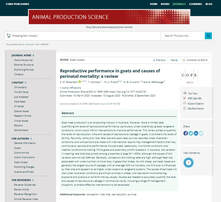 Download the PDF Download the PDF S. M. Robertson, T. Atkinson, M. A. Friend, M. B. Allworth, and G. Refshauge Abstract Goat meat production is an expanding industry in Australia. However, there is limited data quantifying the levels of reproductive performance, particularly under extensively grazed rangeland conditions, which would inform interventions to improve performance. This review aimed to quantify the levels of reproduction, time and causes of reproductive wastage in goats. It considers the levels of fertility, fecundity, embryonic loss, fetal loss and post-natal survival reported under Australian conditions, and comparisons are made with international reports. Key management factors that may contribute to reproductive performance include breed, seasonality, nutritional conditions, and weather conditions at kidding. While goats are potentially prolific breeders, in Australia, the variation in weaning rate (kids/doe joined) among properties is large (51–165%), although the causes of this variation are not well defined. Generally, conception and kidding rates are high, although fetal loss associated with undernutrition is more likely in goats than sheep. As with sheep, perinatal losses are generally the largest source of wastage, with an average 20% kid mortality, but this level is influenced by litter size and appears to be higher under extensive rangeland systems. The causes of perinatal kid loss under Australian conditions are similar to those in sheep, with starvation–mismothering–exposure and dystocia or stillbirth the key causes. Studies are needed to accurately quantify the level and causes of reproductive wastage in commercial herds, including a range of management situations, to enable effective interventions to be developed. Additional keywords: conception, litter size, reproduction, survival. 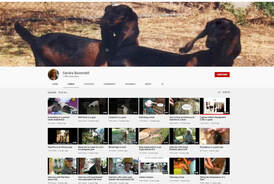 Are you looking for good goat videos that covers issues such as:
Sandra is one of our awesome IGA members and she has a great YouTube channel, https://www.youtube.com/c/SandraBaxendell/videos. Visit her channel now. 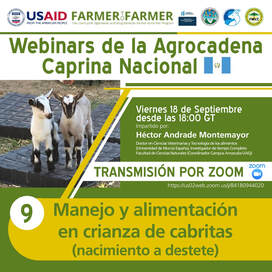 Si eres productor caprino, este webinar es para ti. Este viernes 18 de septiembre a las 6:00 pm (hora de Guatemala) tendremos webinar con la Agrocadena Caprina Nacional, donde el tema será "Manejo y Alimentación en Crianza de Cabritas (nacimiento al destete)". La conferencia será impartida por Héctor Andrade, Doctor en Ciencias Veterinarias y Tecnología de Alimentos de la Universidad de Murcia, España, e Investigador de la Facultad de Ciencias Naturales de la Universidad Autónoma de Querétaro, México. Puedes unirte a través del siguiente link: https://us02web.zoom.us/j/84180944020 If you are a goat producer, this webinar is for you.
This Friday, September 18 at 6:00 pm (Guatemala time) we will have a webinar with the Agrocadena Caprina Nacional, where the theme will be "Management and Feeding in Goat Raising (birth to weaning)". The conference will be given by Héctor Andrade, Doctor in Veterinary Sciences and Food Technology from the University of Murcia, Spain, and Researcher from the Faculty of Natural Sciences of the Autonomous University of Querétaro, Mexico. You can join through the following link: https://us02web.zoom.us/j/84180944020 Last July 31st Clara Rúa, IGA Regional Director (RD) for South America, held a virtual meeting with the current IGA Country Representatives (CR) from Colombia (Mónica Cardozo), Bolivia (Angelika Stemmer), Peru (Guadalupe Huamán and Irma Celi), Brazil (Livio Costa) and the CR candidates from Ecuador and Venezuela. This virtual meeting was the first one organized under Clara’s regional leadership. The main objective of the meeting was to learn more about the current position of the CR regarding their small ruminant-related activities (specifically goats) in their respective countries, in addition to the potential formation of a regional work team to respond to the commitments assumed as IGA representatives in their own country. An agenda was agreed for future virtual meetings convened by the RD to advance different topics and proposals to be developed, and to achieve greater interactions with other CRs, RDs and the IGA board members. The meeting was also attended by Davinia Sánchez and Jean-Marie Luginbuhl, two members of the IGA Board who have significantly heightened the commitment of IGA to the CRs and the Regional Directors. El 31 de julio, a través de una plataforma virtual, Clara Rúa, actual RD sudamericana, fueron convocadas por las actuales RC de los países, Colombia (Mónica Cardozo), Bolivia (Angélika Stemmer) y Perú (Guadalupe Huamán e Irma Celi), Brasil (Livio Costa) y aquellos CR en proceso de formalización de los países Ecuador y Venezuela, esta es la primera reunión bajo el liderazgo regional a cargo del mismo. El principal objetivo del encuentro fue conocer un poco más sobre la posición actual en su país de cada uno de los CR en cuanto al trabajo con pequeños rumiantes específicamente cabras, además de intentar instalar un equipo de trabajo regional orientado a dar respuesta a los compromisos asumidos. en la representación del país. Se acordó una agenda en la que se realizará una reunión virtual convocada por RD, con el fin de avanzar en diferentes temas y propuestas a desarrollar, de la misma manera para lograr una mayor interacción con otros CR y RD y el directorio de IGA. La reunión estuvo acompañada por Davinia Sánchez y Jean-Marie Luginbuhl, miembros del directorio de IGA y quienes han promovido significativamente el compromiso con IGA en los CR y la Dirección Regional.
Rahman Rostamkhani (1), Seyyed Saeid Mousavi (2), Hossein Ghorbani (1), Seyyed Vahid Mortazavi (1), Mohammad Taghi Moslemioun (2), Mohammad Hossein Nemati (2), Hassan Mohammadi Nedjad (2), Nader Papi (3) and Farhad Mirzaei (3) (1) Animal Production Improvement Administration of Zanjan province. Agricultural Jihad Organization. Zanjan, Iran. (2) Animal Science Research Department. Zanjan Agricultural and Natural Recourses Research and Education Center. AREEO. Zanjan, Iran. (3) Agricultural Research Education and Extension Organization (AREEO), Animal Science Institute of Iran, Karaj. 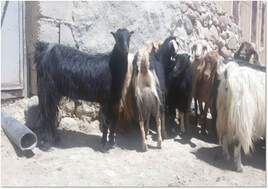 History of goat rearing in Zanjan province Archeological studies show the history of goat domestication dates to 7000 BC. Historical references also refer to Persia (Iran) as the land of origination of goat domestication. Since the earliest times, Iranians have reared goats for meat, milk, fiber, and skin supply. Currently, goat rearing has a notable role in Iranian nomadic and rural household’s life economy. The recent year’s goat keeping importance has been revealed much more because of climate changes, feed source limitation, and lack of relative advantage of pure breed farm animal production in Iran. Goat keeping has an essential role in meat and milk production in Zanjan province. Historically Name of Afshari goat is originated from the Afshar tribes who first reared this ecotype of goat in the region. Geographic distribution area Afshari goat population has been distributed in the different parts of the Zanjan province in about 20000 Km2.surface area, including highland altitudes and plains areas with other climatic conditions. Population Based on the current official data, the Afshari goat population is estimated at about 130,000 heads in the province. Rearing systems Goat keeping procedures are generally rural or semi-nomadic system. Goats are often reared together with sheep and in the grazing livestock act as a frontier animal or leadership of the flocks. Pure herds of goats are not usually seen among the local livestock. Job creation Among the farm animal rearing, goat keeping is a part of daily life of the rural and tribes because of their great interest in this occupation. They usually keep goats not only to improve their incomes but also for the natural compatibility and attractive appearance of their herds. The cultural, social, and economic relationship among nomadic and rural communities Afshari goats with 130,000 heads produce some 550 tons of meat and 2,000 tons of milk in the province annually. Milk, fiber, and meat of Afshari goat are used by the nomadic and rural, and also urban people. Goat keeping has an important role in rural and nomadic life economy because of the food source supply and earning incomes. Hence, Afshari goats have great economic importance for rural or nomadic households. Appearance features Few references indicate the phenotypic characteristics of Afshari goat among the goat sciences literature. In general, the dominant color of the coating fiber is pure black, but other colors are seen in the flocks. Both male and female goats are hornless. Bucks have a strong and muscular body, and because of the good capability of grazing in poor pastures or feeding low-quality forages and they can return good income for their owners. Does have good performance of milk production, daily milk yield ranges from 1.5-2.3 Kgs. Mature bucks weigh more than 60 kgs., which is a good potential for meat production. Export
Goat yields are generally consumed inside the province, and the exportation of the products is not performed. Items used for products Of the Afshari goat products, hair products can be mentioned. Hair fiber growth is about 25 cm/year, and each goat can produce some 400 grams of hair per year, which is used for preparing of handicrafts and traditional clothes in most villages. The skin is used in the leather industry. Milk is used for feeding kids, and the rest of it is used to prepare cheese, yogurt, whey, and some other local milk derivatives. Mature bucks weigh more than 60 kgs., which supply the local and urban residents’ meat needs. Measures for identifying and genetic improvement There is a decent rate of multiparity in Afshari goats, which can result in high performance and more economic animals, by performing of interbreeding selections or other livestock improvement programs. In 2007, an on-farm project plan entitled “An investigation on crossbreeding of the Sannen bucks with native black goat (Afshari does)” was carried by the Research Center for Agriculture and Natural Resources of Zanjan province. In these projects, the performance of first and second generation of crossbreds (F1 and F2) had a relatively good result, but in most cases, their adaptability was weak in the rural rearing condition. Suggestions for performance improvement As a national genetic resource, Afshari goats have valuable production performance and traits which has not been studied scientifically. For identification of the production performance of this ecotype, it is necessary to do comprehensive researches and studies. Environmental and socioeconomic sustainability of goats under a marginal-extensive production system C. Navarrete-Molina, C.A. Meza-Herrera, M.A. Herrera-Machuca, U. Macias-Cruz, and F.G. Veliz-Deras
Abstract Globally, while the livestock sector contributes significantly to the environmental impact (EI), it faces some key challenges such as to increase production to cover increased demand, to adapt to highly variable natural and economic scenarios, and to enhance its eco-environmental performance. Such complex scenarios require a comprehensive evaluation of the EI considering the carbon footprint (CF), the blue water footprint (BWF), the socio-economic sustainability (SES) and their interactions. Hence, the economic value (EV) made by the goat production system (GPS) in the Comarca Lagunera (CL), northern arid Mexico was quantified to compare it with its EI and SES (1994e2018). Response variables included the EV of the CF and BWF and the SES of the EV-GPS. The value of each of the variables was adjusted to 2011 euros while indicating the value in United States Dollars (USD) between parentheses. The CL recorded annual averages of 390,427 goats, 64.34 million liters of milk and 3,316.12 tons of meat. When contrasting the EV-GPS [MV 18.17 (MUSD 23.47)] with the EV-CF [MV 3.61 (MUSD 4.67); 84.29 kg CO2-eq kg milk-meat protein -1, MMP -1] þ EV-BWF [MV 2.48 (MUSD 3.20); 462.99 I H2O kg MMP -1)], a positive balance was observed. The accumulated GPS-CL economic spillover effect was MV 454.23 (MUSD 586.83), 5.79 million minimum wages (MW) yearly and close to 400,000 MW during the studied period. The GPS is highly eco-efficient considering both the CF and the transformation of the BWF into animal protein (milk-meat) with an undisputable biological value. Besides, the greater the economic and productive efficiency of the GPS, the better the socio-economic conditions of the producer and his family, with concomitant decreases in both the index and degree of marginalization of families and municipalities where goat production develops. Keywords: Goats, Ecological footprint, Environmental and economic impacts READ MORE… |
IGA Blog
The International Goat Association promotes goat research and development for the benefit of humankind, to alleviate poverty, to promote prosperity and to improve the quality of life. Archives
May 2024
Categories
All
|
|
International Goat Association
2516 Millbrook Rd., Little Rock, AR72227 USA email: [email protected] -454-1641 |
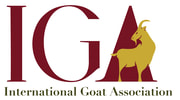
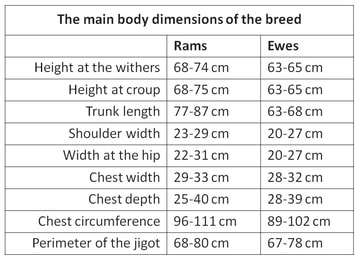
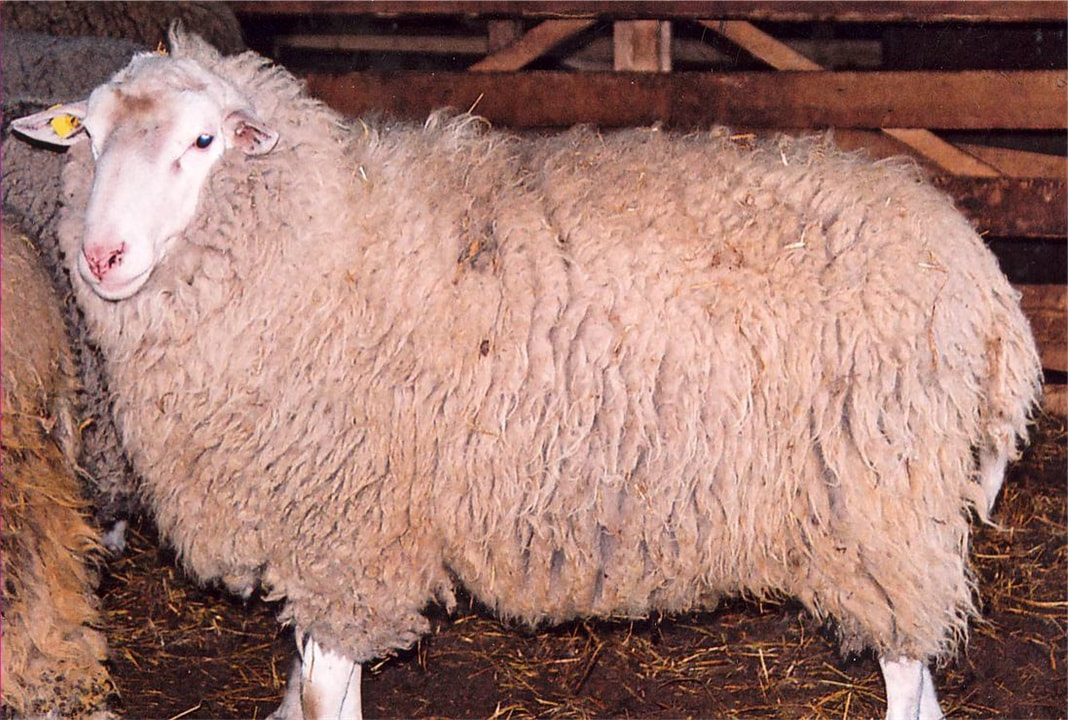
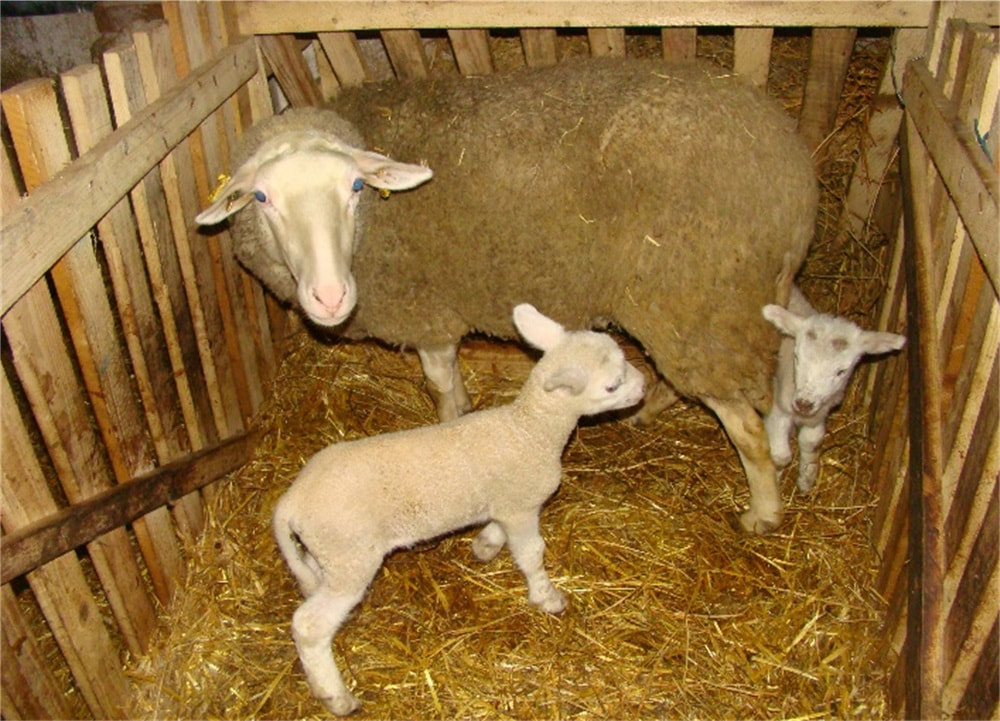
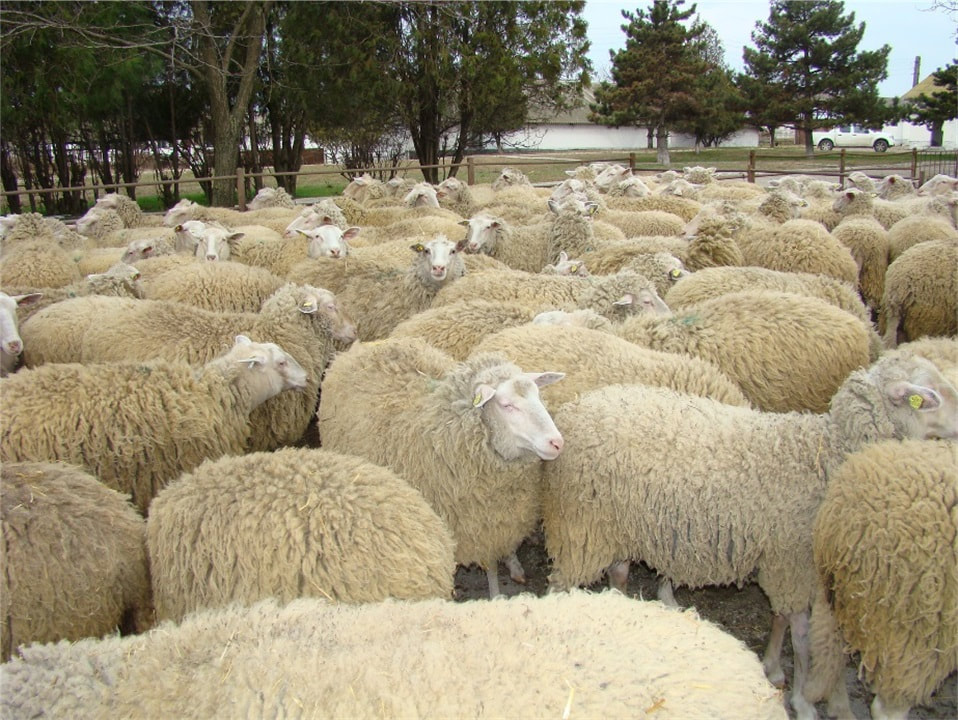
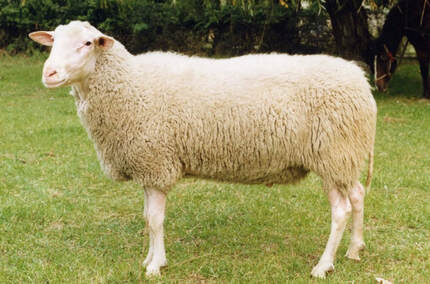
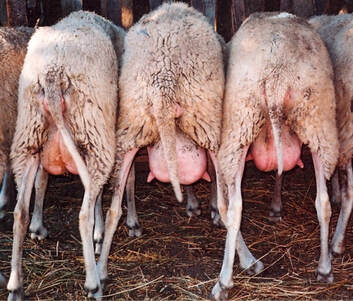
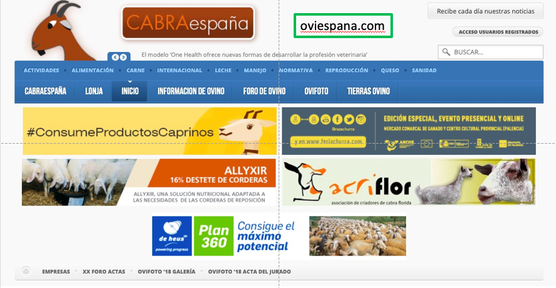
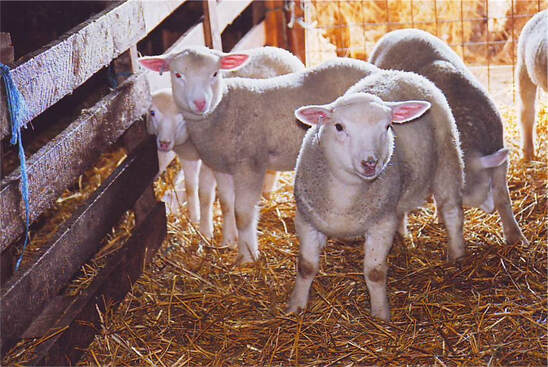
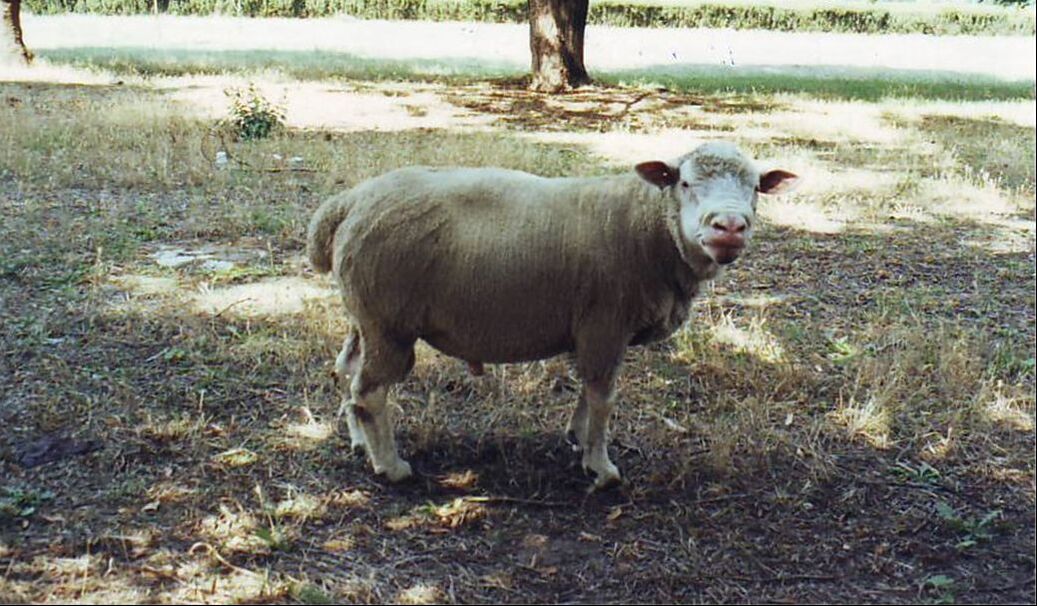
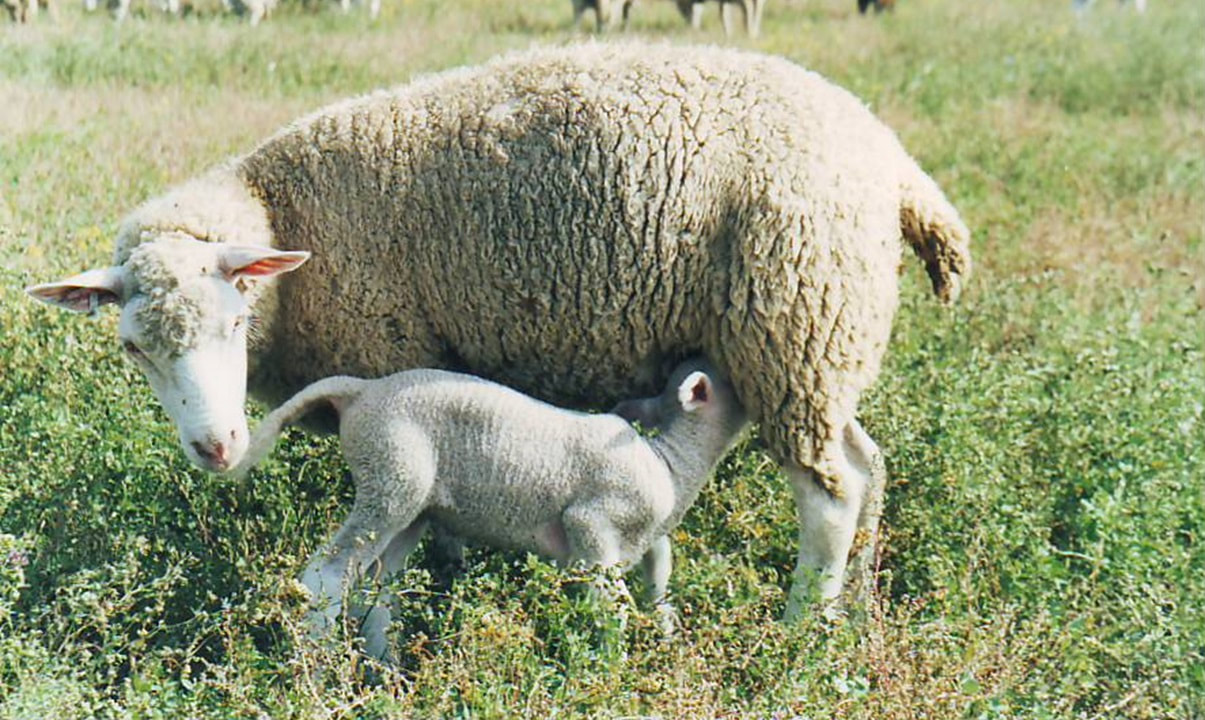
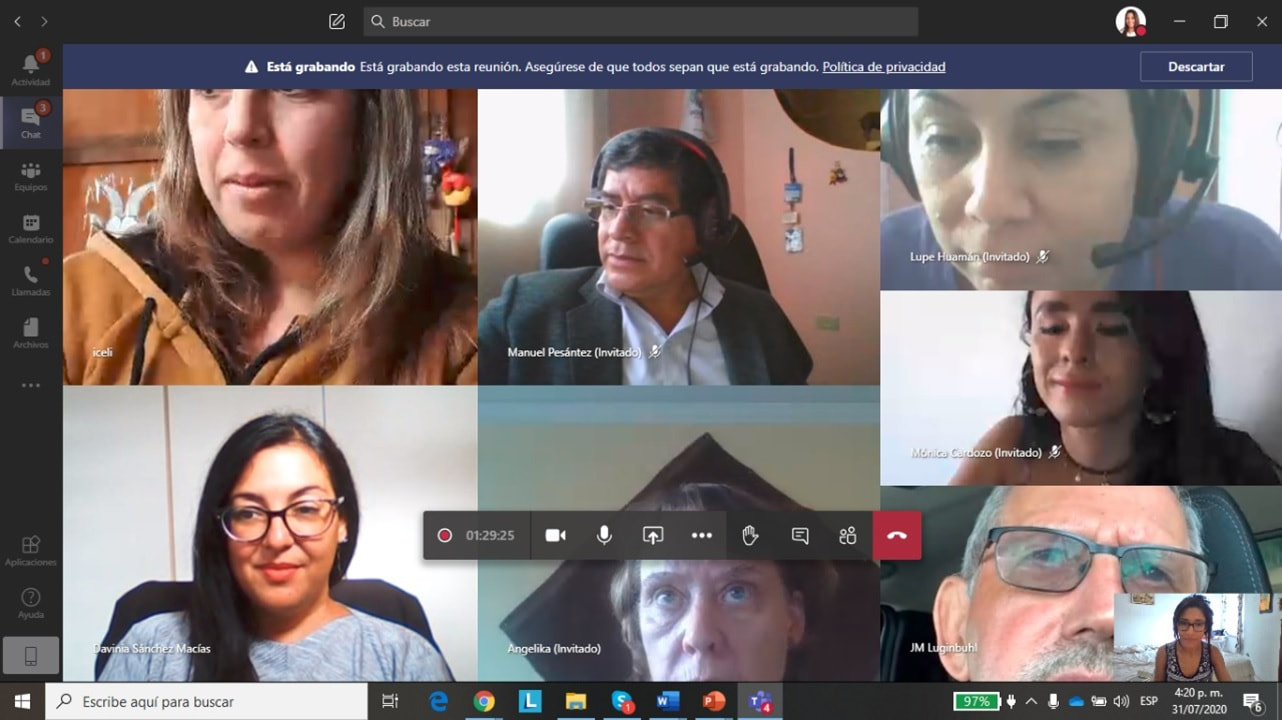
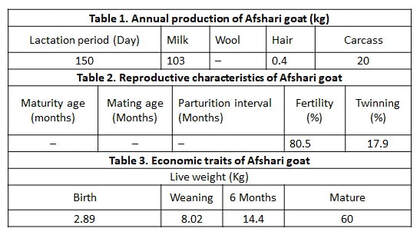
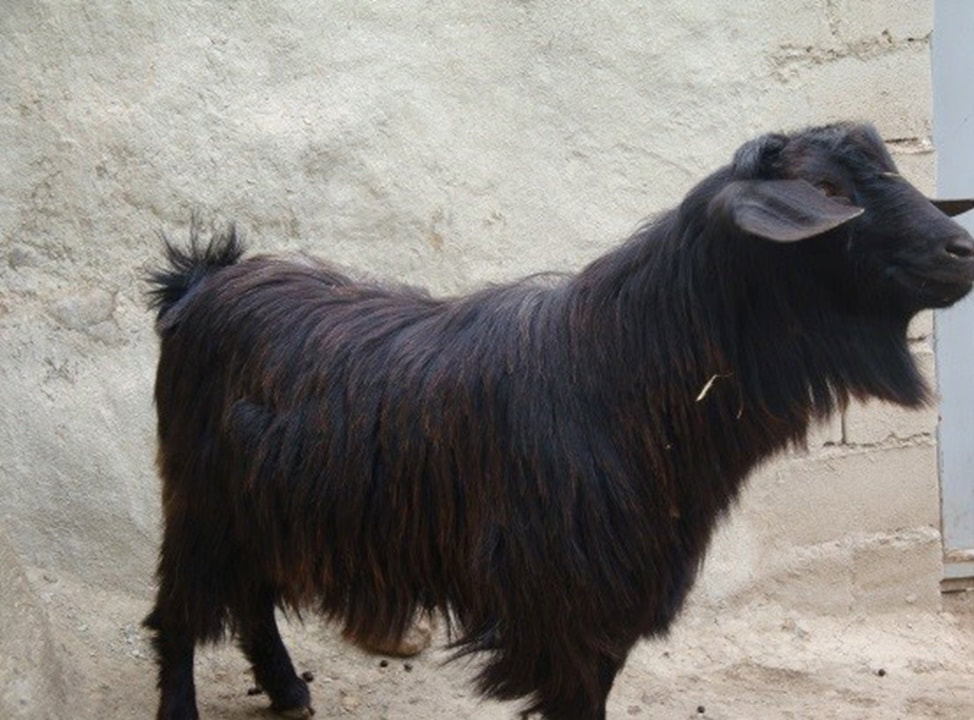
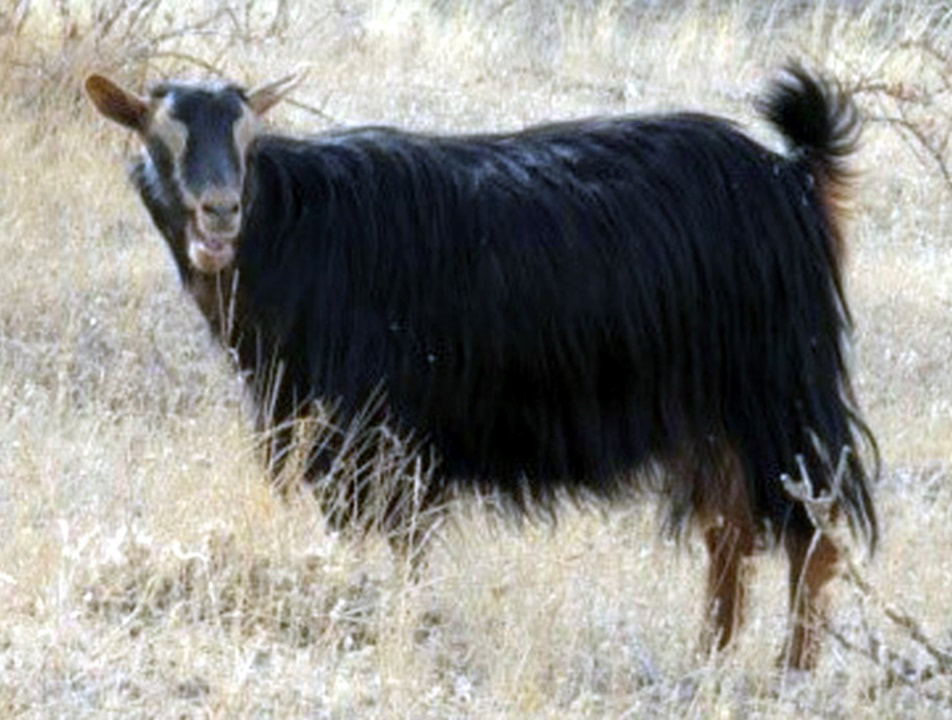
 RSS Feed
RSS Feed